New Zealand ANZ Business Confidence jumped to -6.9 in November, well above preliminary reading of -15.6 and October’s final of -15.7. Manufacturing confidence surged 14.5 pts and turned positive to 6.7. Retail confidence and services confidence also rose 17.9 pts and 10.2 pts to -3.8 and -6.6 respectively. Agriculture and construction dropped by -2.4 and -15.8 to -52.4 and -3.3.
Activity Outlook rose to 9.1, versus preliminary reading of 4.6 and October’s 4.7. Manufacturing outlook rose 13.4 to 15.0. Construction rose 14.5 to 23.3. Services rose 3.2 to 9.2. But retail dropped -2.2 to 0 while agriculture dropped -5.1 to -9.1.
ANZ noted: “Monetary and fiscal policy have undoubtedly done their jobs this year. But it’s worth remembering that both work by bringing forward spending from the future. There’s no free lunch, and they need to be used judiciously. The true underlying momentum of the economy should become clearer over the next few months as the impact of one-offs fade, but the case for further life-support measures is becoming less clear by the day. And that’s certainly something to celebrate.”




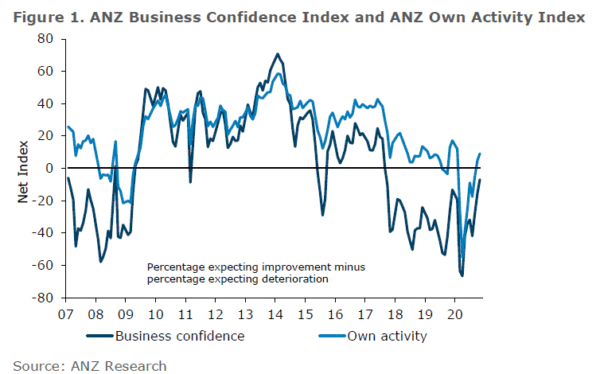
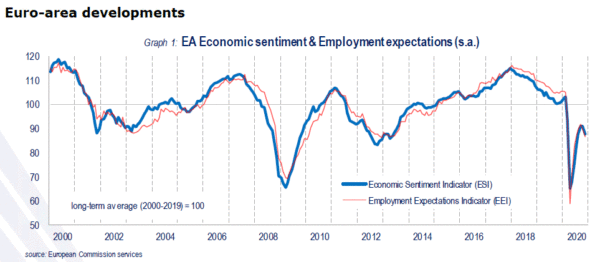
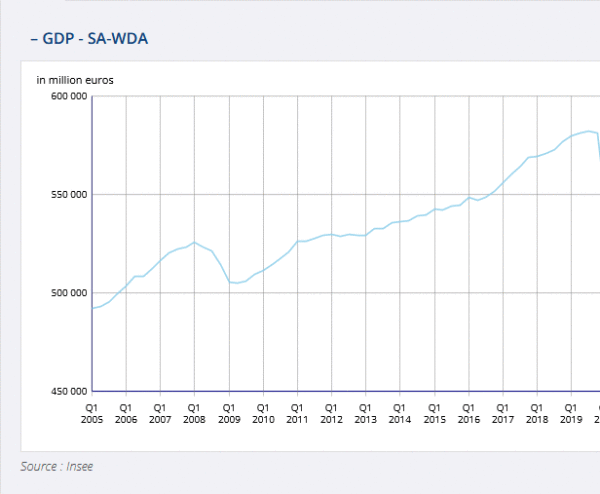
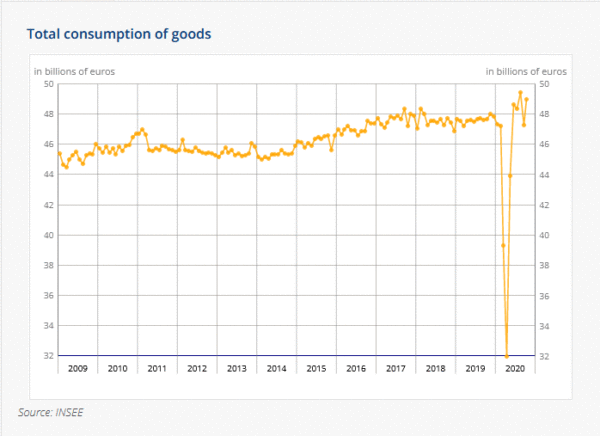
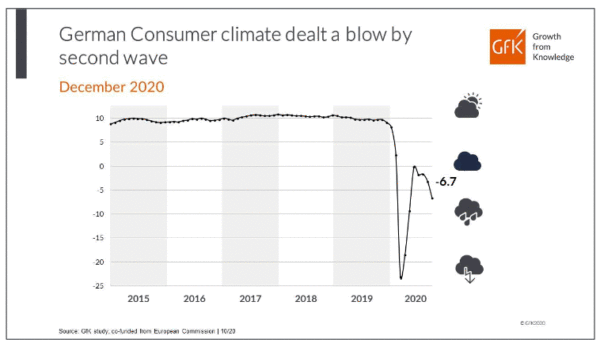
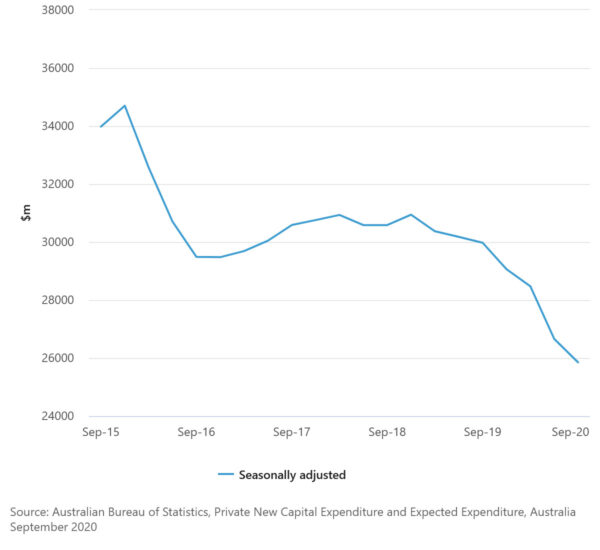
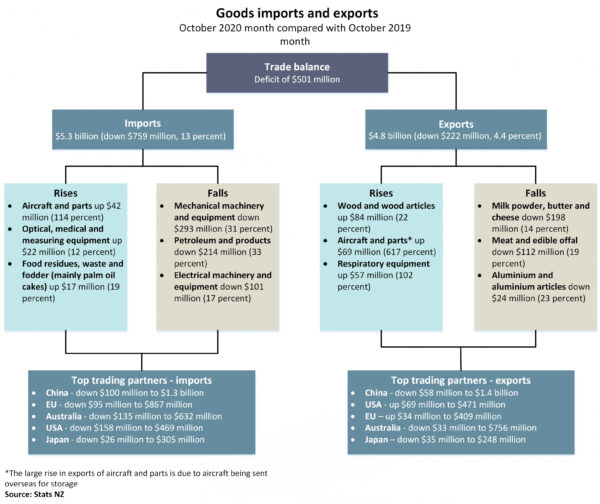
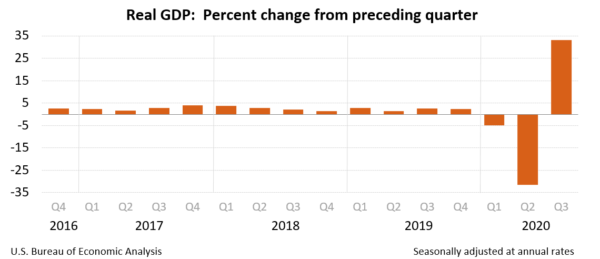
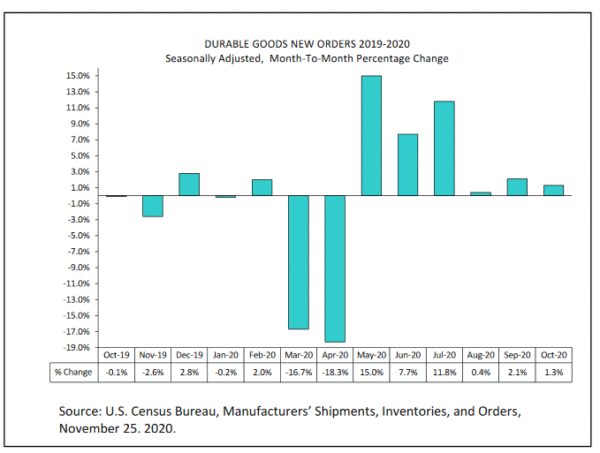
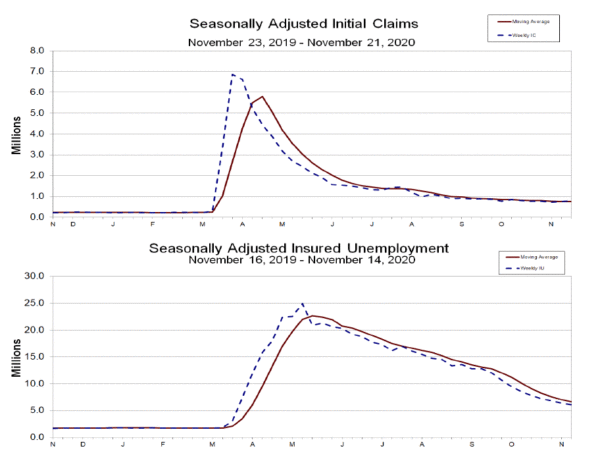

Gold selloff resumes, strong support expected around 1725
Gold’s selloff resumes today by breaking through 1800 handle and hits as low as 1764.31 so far. Further decline is now expected as long as 1818.26 resistance holds. Current decline from 2075.18 is seen as correcting whole up trend from 1160.17. Deeper fall should be seen to 55 week EMA (now at 1749.77) and possibly slightly below.
But we’d expect strong support from 38.2% retracement of 1160.17 to 2075.18 at 1725.64 to contain downside and bring rebound. However, Sustained break of 1749.77 could bring even deeper correction to 61.8% retracement at 1509.70.